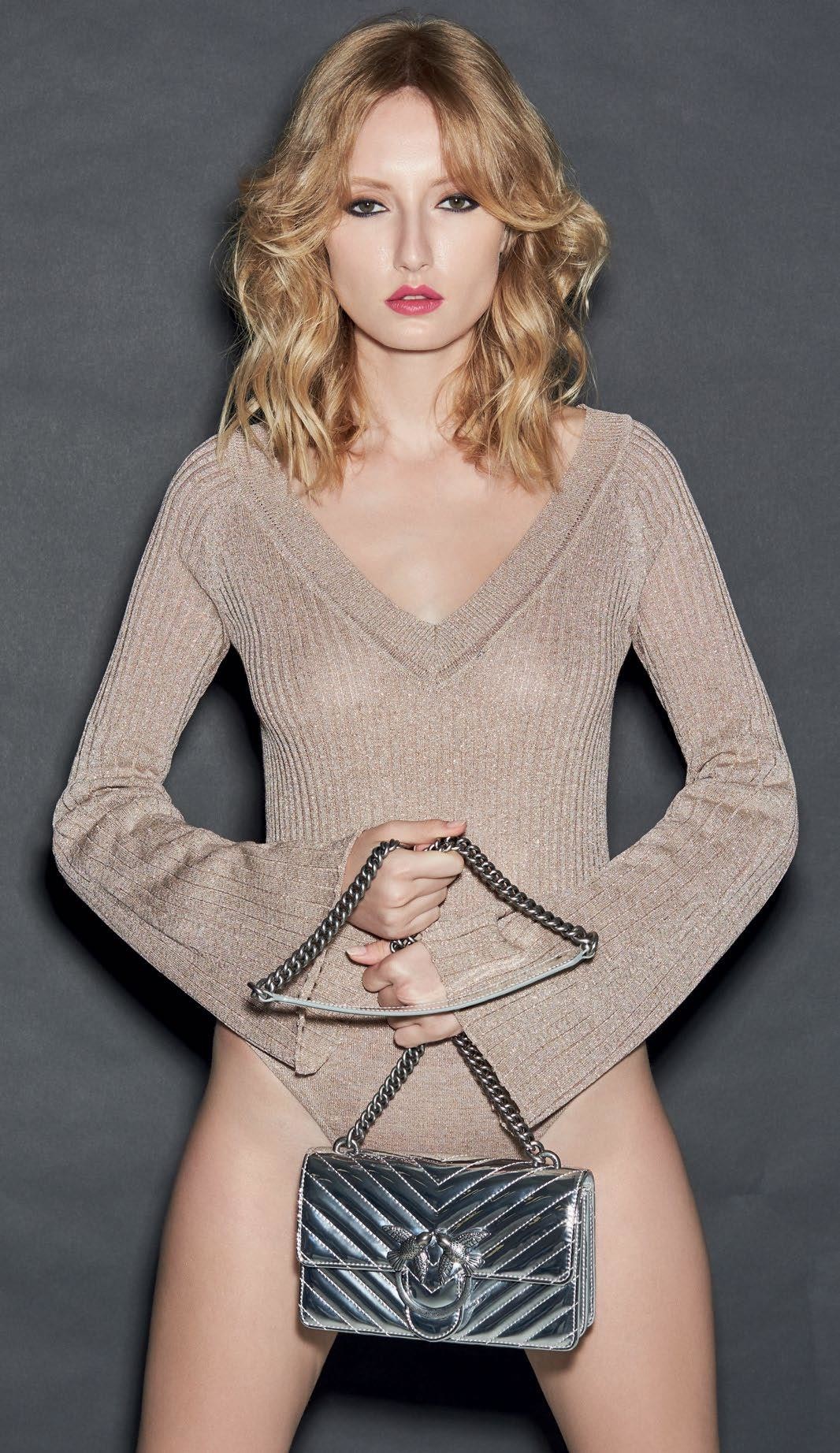Jiawa Liu of @beigerenegade waxes lyrical about our obsession with designer bags.


Large calf leather Serpenti Cabochon bag, Bvlgari
So the story goes that on a flight from Paris to London, Jane Birkin tried to stow her straw bag in the overhead compartment when her belongings started falling out. This led to the design of her namesake handbag that became the ultimate status symbol. Decades before, a photograph of Grace Kelly holding a large handbag to her body was famously revealed to be concealing her pregnancy from the media. In the ’80s, when negotiations became gridlocked, the late UK Prime Minister Margaret Thatcher famously slammed her handbag on the table, producing from it the very document that silenced her opponents. Thus cemented the reputation of the handbag from an essentials holder to a power broker and a weapon of mass concealment.
These days, the astronomical prices we’re willing to pay for them, and our feverish enthusiasm for the new styles of each season (despite how many we already own) goes against all logic and rationale. But this handbag obsession of ours is not as frivolous as many believe. Let me start from the beginning.
For most of early civilisation, carrying bags was not the norm. In the middle ages, women wore pockets as a separate garment, hidden conveniently under voluminous skirts. In the 19th century, the female silhouette became less restrictive and more relaxed, making life more practical for women, but it left little room for these bum bag-like numbers underneath. They took to carrying highly decorative pouches called reticules, whose small size reflected just how little a woman had to carry in patriarchal times—her handkerchief, a pencil, visiting cards perhaps, but probably not money, since that was for her husband to carry. Back then, not having a handbag was, ironically, a sign of affluence. Women of wealthy families had no occupation to take them far from home, and when they travelled, they would have servants to do the carrying for them.
Then, in the early 20th century, the World Wars took men away from home, and women began entering the workforce in their place. And they never left. The woman’s work bag, more than just a practical necessity, became a powerful sign of her growing independence and new-found place in society. And so the handbag as a status symbol for women began to take shape.

Medium metallic leather Serpenti Cabochon bag, Bvlgari. Lurex bodysuit (worn throughout), PINKO
See Where to Buy for details
Model: Anastasia Smirnova/ Mannequin Hair: John Lee Makeup: Audrey Wee Styling assistant: Navin Pillay
We now have a plethora of categories and sub-categories, from the roomy tote to the miniscule clutch; the pop-under-the-arm envelope to the arm-freeing crossbody. With so much variation, the purest purpose of the handbag has become one of self-expression—it’s not so much what the handbag looks like, as what it says about you. There’s an adage that the handbag completes the outfit. On the one hand, the handbag is an accessory that unifies the elements of your look by completing a colour story, balancing proportions or creating contrast. For example, an oversized earthy tote with a going-around-town trench-coat look, or a neon crossbody bag elevating a basic t-shirt-and-jeans ensemble. But that’s only half the story.
Above all, the handbag is the business card that tells the world, at a glance, who you are. Are you a high-flying lawyer with your structured top-handle, or a global traveller with your folksy satchel? Are you a minimalist who loves the timeless and functional, or the collector chasing the icon bag of the season? Kindred souls may be identified by their arm candy alone, as eyes lock between strangers, silently acknowledging one another as mutual owners of model X by brand Y from the XYZ collection.
It’s little wonder, then, that we so strongly associate the handbag with becoming who we want to be. We fall in love with a handbag not only for its aesthetic appeal, but how we believe it will change us once we possess it. And in many ways, it really does. A handbag can have a real transformative effect on how others see you and how you see yourself, based on a complex narrative of who made it, who wore it and, more importantly, how exclusive it is. These are the narratives that gave rise to the It bags of the 2000s, which even now are the stuff of legend.
As a status symbol, the handbag is akin to fine jewellery or luxury cars, reflecting the degree of one’s financial freedom or career progression. They are trophies to mark achievements, of having “made it”. Or perhaps they tell of your willingness to spend in the name of personal style, for which a six-month instant noodle diet was worth the sacrifice. We feel you. And for all the reasons above, your obsession is perhaps absolutely justified.
Photographed by Veronica Tay. Styled by Windy Aulia























